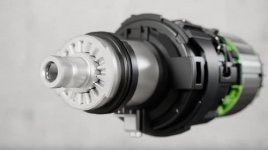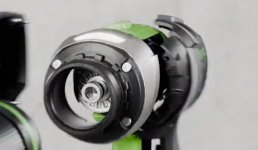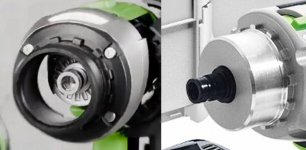mino said:
you are completely off here.
No, I am not. This drill is clearly a compromise. Sort of half PDC, sort of half T/C series drill.
Please, react to what I say and don't go off about the strength of chucks, and other stuff, of which I made NO comment.
mino said:
Having a bit of a mechanical engineering background,
What does that mean exactly? You finished the study and have years of experience in the field? You fiddled around with a lathe once, or you read a book? Please, elaborate.
Or is it just an attempt to an argument from authority?
mino said:
The only limitation here is that if used in a drill stand, one will need to use a bit of brain when tightening the drill to the stand. And using a plastic piece is beneficial here actually - it is more likely even an idiot will see it is "plastic" so will not over-tighten it. If it had a "metal look" that same idiot might easily over-tighten it and break the thin part as spandex mentioned.
You like theorising, I get that, but I'm starting to wonder, do you actually work with the tools you talk about? Because the applications for a 43 mm collar actually require that they can take some force. We're talking actual grown-ups tools here, not Fisher Price. Since they're made from metal, in general, you should not need to worry about overtightening anything.
One more reason why this drill with a plastic 43 mm collar is a compromise a respectable company like Festool should not be willing to make.
By the way, why the "idiots" remark?
mino said:
Anyway, I fail to see reasons to glorify the cheap & cheerful approach of re-using a 43mm collar cylinder against a purpose-designed special bayonet connection.
Wait a second, where's the glorifying? Or is that just hyperbole? You use the 43 mm connection for the things it is meant for.
The bayonet fitting is very nice to fit a FastFix chuck. The 43 mm collar is very nice to fit a handle. Maybe you should not try to do both, or end up with a compromise. Personally, I never thought Festool was about compromises.
mino said:
at which point they were some of the most powerful drills on the market. I was drooling over the Protool version back in 2007
No, the PDC/DRC's were never some of the most powerful drills in the market. While they were 18v, the strongest 14v Bosch drills easily outperformed them with a 40% higher torque.
The only thing where they were unmatched is their high RPM in 4th gear.
You see, I wan't just drooling over them, I was working with them.



